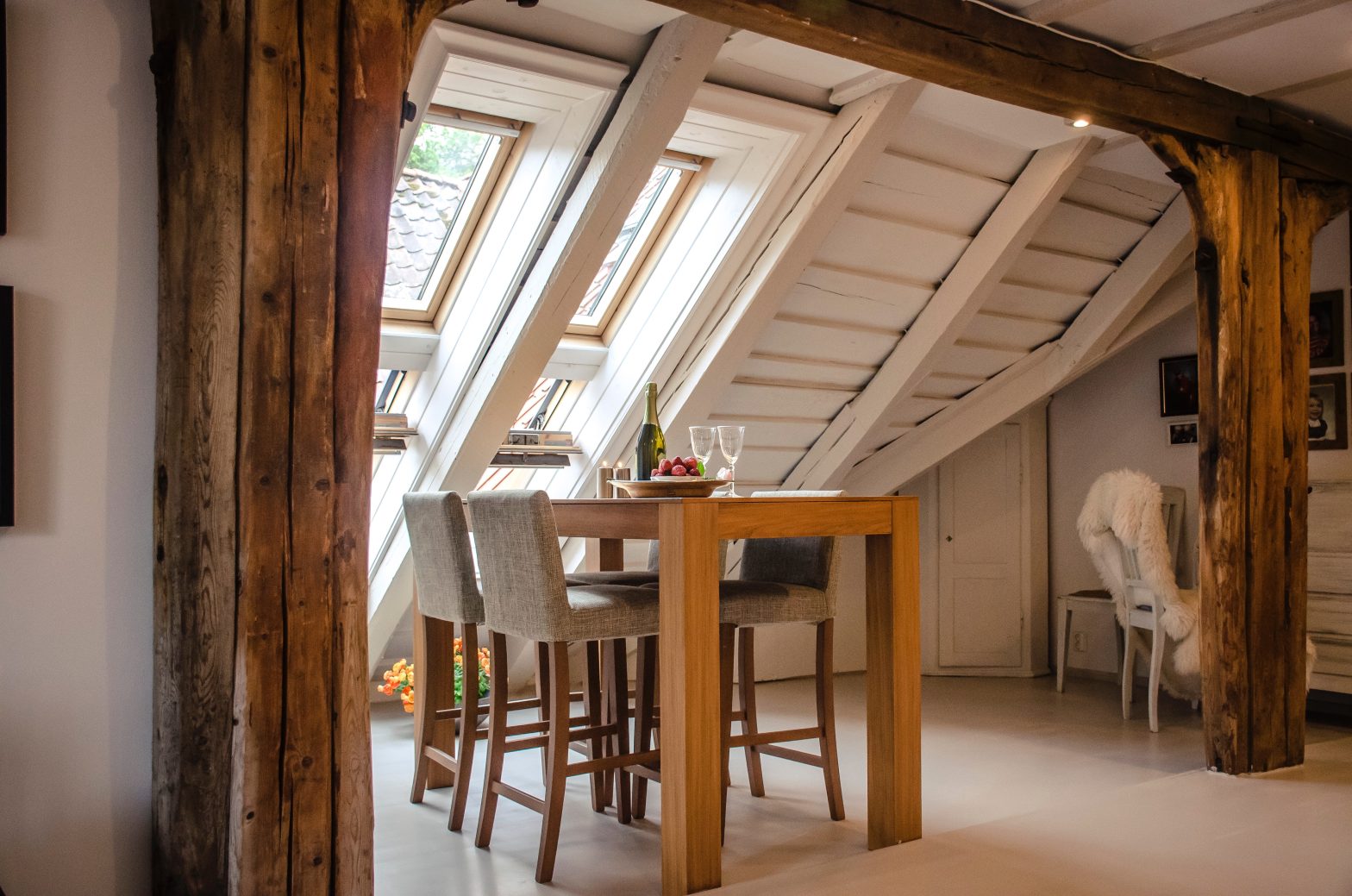A wooden dining table is a valuable piece of furniture in your home that deserves proper care and maintenance.
While dining tables are designed to withstand daily wear and tear, they still require regular cleaning to maintain their beauty and prolong their lifespan.
In this article, we will provide you with the ultimate guide to cleaning your wooden dining table, including some tips and tricks to keep your table looking great for years to come.
Why is it important to clean your wooden dining table?
A wooden dining table is susceptible to dirt, dust, spills, and scratches that can accumulate over time, making it look dull and unattractive.
Regular cleaning helps to remove these unwanted elements, making your table look clean and presentable.
It also prevents damage caused by moisture, which can cause warping, cracking, and discolouration of the wood.
How often should you clean your wooden dining table?
It is recommended that you clean your wooden dining table once a week to prevent the buildup of dust, dirt, and other debris.
However, if you use your table more frequently or if you have children or pets, you may need to clean it more often.
Tools and Materials Required:
Before you start cleaning your wooden dining table, you need to gather the necessary tools and materials. Here is a list of what you will need:
- Microfibre cloths
- Soft-bristled brush or toothbrush
- Dish soap
- White vinegar
- Olive oil or furniture polish
- Water
- Bowl
- Bucket
Step-by-Step Guide to Cleaning Your Wooden Dining Table
Step 1: Remove any loose debris

Before you start cleaning your wooden dining table, remove any loose debris such as food crumbs, dirt, or dust.
You can use a soft-bristled brush or a toothbrush to remove debris from the crevices and corners of the table.
Step 2: Prepare the cleaning solution

Fill a bowl with warm water and add a few drops of dish soap. Mix the solution well to create a soapy mixture.
If your table has stubborn stains or marks, you can also add a few drops of white vinegar to the mixture.
Step 3: Clean the table with the soapy mixture

Dip a microfibre cloth in the soapy mixture and wring it out until it is damp. Use the damp cloth to wipe the surface of the table, working in the direction of the grain.
Rinse the cloth frequently in the soapy water to prevent dirt from building up on the cloth.
Step 4: Dry the table

After cleaning the table, use a dry microfibre cloth to dry the surface thoroughly. Make sure there is no moisture left on the table as this can cause damage to the wood.
Step 5: Apply olive oil or furniture polish

To restore the natural shine and protect the wood, apply a small amount of olive oil or furniture polish to a clean microfibre cloth.
Rub the cloth over the surface of the table, working in the direction of the grain. Wipe off any excess oil or polish with a dry cloth.
FAQs
Can I use bleach to clean my wooden dining table?
No, you should never use bleach to clean a wooden dining table as it can damage the wood and cause discolouration.
What should I do if there are stains on my wooden dining table?
If there are stubborn stains on your wooden dining table, you can use a mixture of white vinegar and water or baking soda and water to remove them.
Apply the mixture to a microfibre cloth and rub the stain gently until it disappears. Rinse the area with water and dry it with a clean cloth.
How do I prevent scratches on my wooden dining table?
To prevent scratches on your wooden dining table, use coasters and placemats to protect the surface from hot and cold beverages, plates, and utensils.
You can also use felt pads on the legs of your table to prevent scratches caused by movement.
Summary
Cleaning your wooden dining table may seem like a daunting task, but with the right tools and materials, it can be a simple and easy process.
Regular cleaning and maintenance can help to keep your table looking great for years to come.
Remember to avoid harsh chemicals, always work in the direction of the grain, and use a soft-bristled brush or toothbrush to remove debris from crevices and corners.

